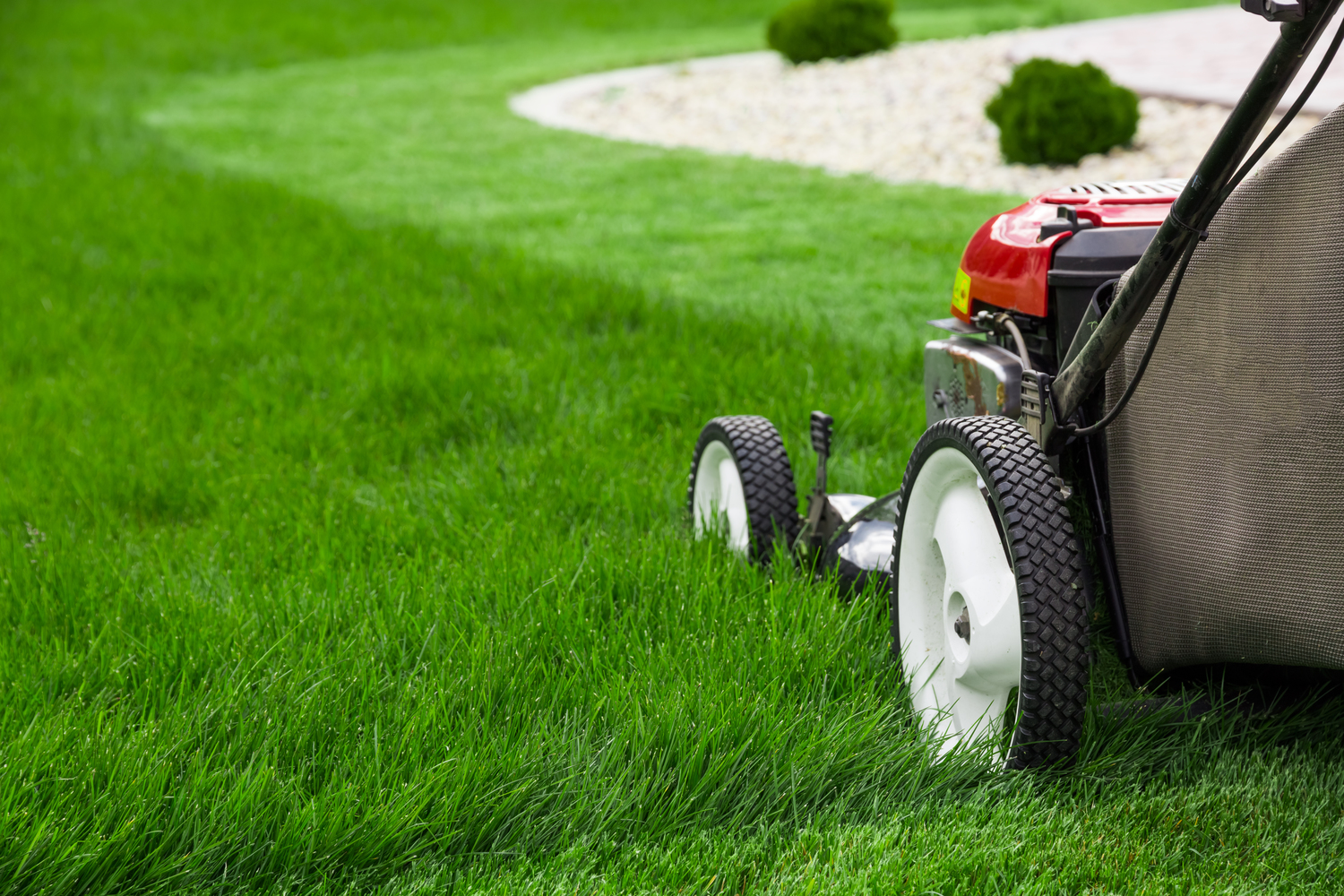
Factors That Help Keep Lawns Naturally Green
Everyone with a yard wants a lush and green lawn that is the envy of their neighborhood. The secret to a naturally green lawn is providing it with appropriate nutrients to ensure it stays healthy all year long. However, a natural lawn may also be home to different organisms that could often be overlooked. These organisms and plants help keep the lawn green and natural-looking.
The following tips will help you achieve the lush lawn of your dreams:
1. Watering the lawn on time
It is ideal to water the lawn early in the morning as most of the water from day time watering may be lost by evaporation. Overwatering of the lawn should be avoided as it is more damaging than not watering enough. When the water is scarce, lawn grasses have an effective coping strategy known as dormancy. A lot of water can be saved by allowing the plants to go dormant. A half-inch of water every other week helps the grass to bounce back and improve its condition, thereby keeping it natural and green. It is best to stay off drought-stressed grass. Correct watering helps microorganisms to grow and keep the lawn naturally healthy as well.
2. Pests
Some pests perform functions that can be useful like eating other more destructive insects or breaking up materials into nutrients that can be useful for plants. Therefore, not all insects on the lawn can be considered as pests. Such beneficial bugs can include ladybugs, parasitoid wasps, and ground beetles that can help keep the number of insects that are not needed under control. You should avoid using pesticides on your lawn as they kill these desirable bugs. The favorite habitats of these bugs are native flowers, shrubbery, and piles of plant matter.
3. Soil organisms
Though invisible, there are numerous types of soil organisms that work constantly to help deliver nutrients to the plant. In most healthy soils, organisms like mycorrhizal fungi and other soil bacteria are present. When the soil is poor or has had a history of chemical use, some products that reintroduce these important components of the soil need to be applied. Besides, organic management practices like applying compost would also maintain the lawn well. To protect the balance of the soil organisms in the soil, the use of synthetic fertilizers and other lawn chemicals should be avoided.
4. Weeds
The idea that weeds in the lawn are harmful is quite well known; however, some beneficial weeds should be welcomed as they can help benefit the lawn. For example, common plants like clover, which is a nitrogen-fixer, helps add nutrients to the soil. Moreover, the long taproot of dandelions, although they may be difficult to eradicate, is an effective aerator. The flowers of such plants also provide food for pollinators when there is not much to eat in landscapes that are dominated by monoculture grass. Some weeds provide essential nutrients and healing remedies to the lawn. These misunderstood plants often provide the most needed information about the health of the soil and how to go about adjusting it.


